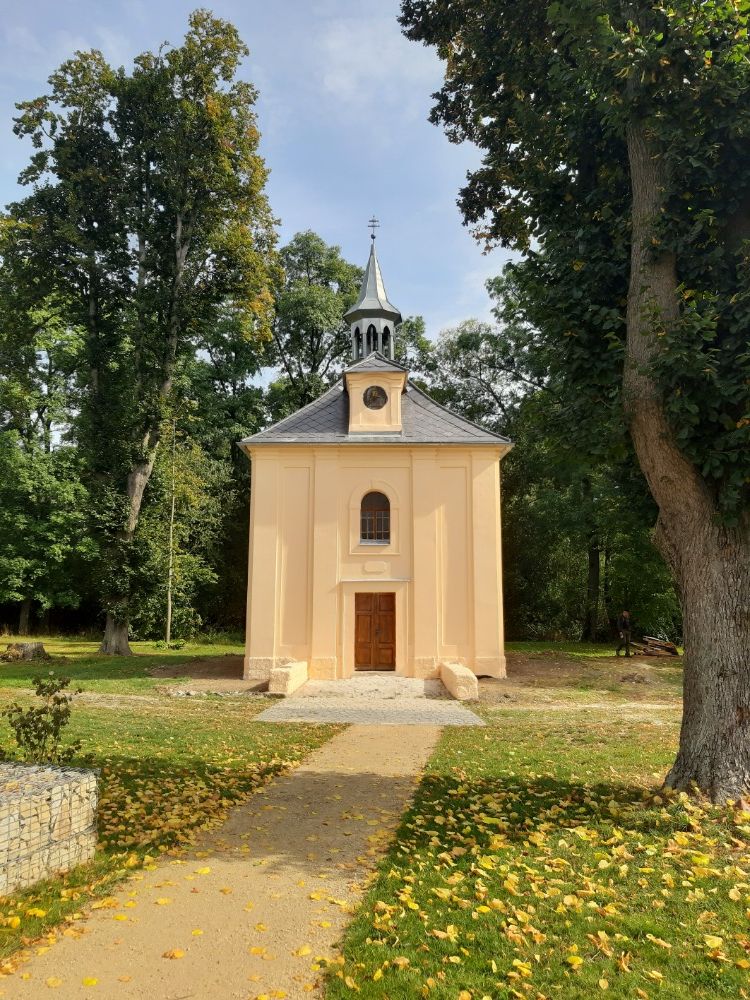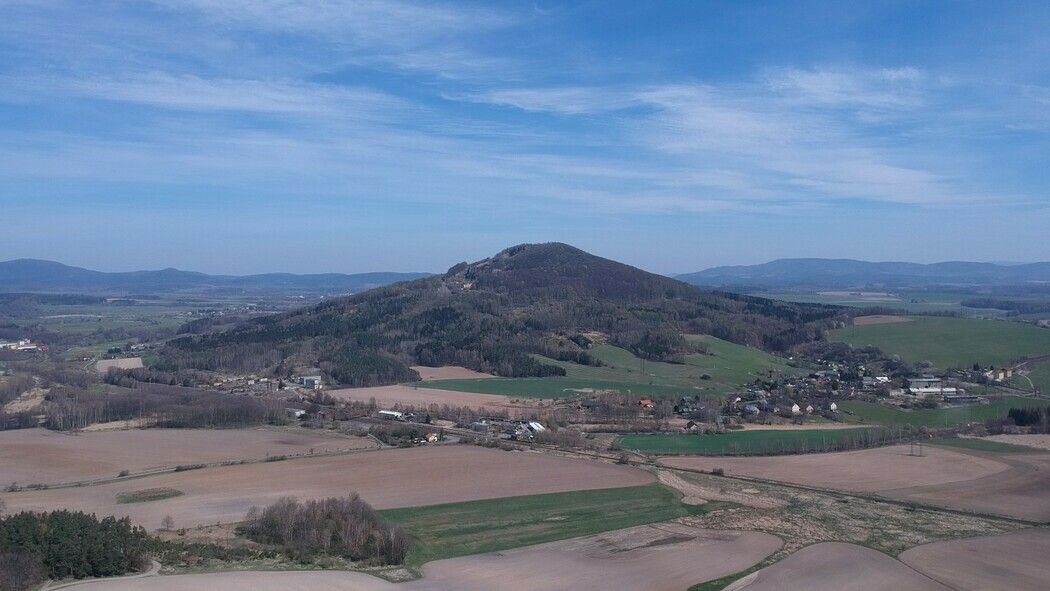Brniště is an ancient village. The settlement around Panenský Creek, around which the village lies, was probably established around 1150 at the instigation of the noble Markvartic family. Preserved written records of the village called Brins (Brniště) date back to 1352. The first inhabitants were German settlers, whose task was to cultivate the surrounding wild, forested landscape. Brniště remained a German village until the end of World War II. In 1921, for example, the village had 691 inhabitants, only one of whom was Czech. The dominant feature of the village is the 14th-century Church of St. Nicholas, built on the site of the original Romanesque church. The church and school have always had a great influence on events in the village. The school was already operating in the village in 1634. The first ceremonial school exams, naturally in German, took place in 1790 with 138 pupils participating. By comparison, today the school has a capacity of 120 pupils. One of the major historical events that affected Brniště very closely was the Prussian-Austrian War. This brought several very turbulent days to Brniště, when thousands of Prussian soldiers marched through the village from June 17 to 27, 1866. On September 2, 1899, Franz Joseph I visited the village and watched the Austrian army's military staff exercises from the hill above the village near the Schrötrová Chapel.
You can learn more about these places connected with the history of Brniště if you decide to visit the local Glass Trail. You can follow up your walk along the Glass Trail with a tour of the Sculptures in the Rocks Trail and the Water Sprites Trail. All three trails are connected, and if you walk them all, you can spend a pleasant day in Brniště.

 See & Experience
See & Experience












